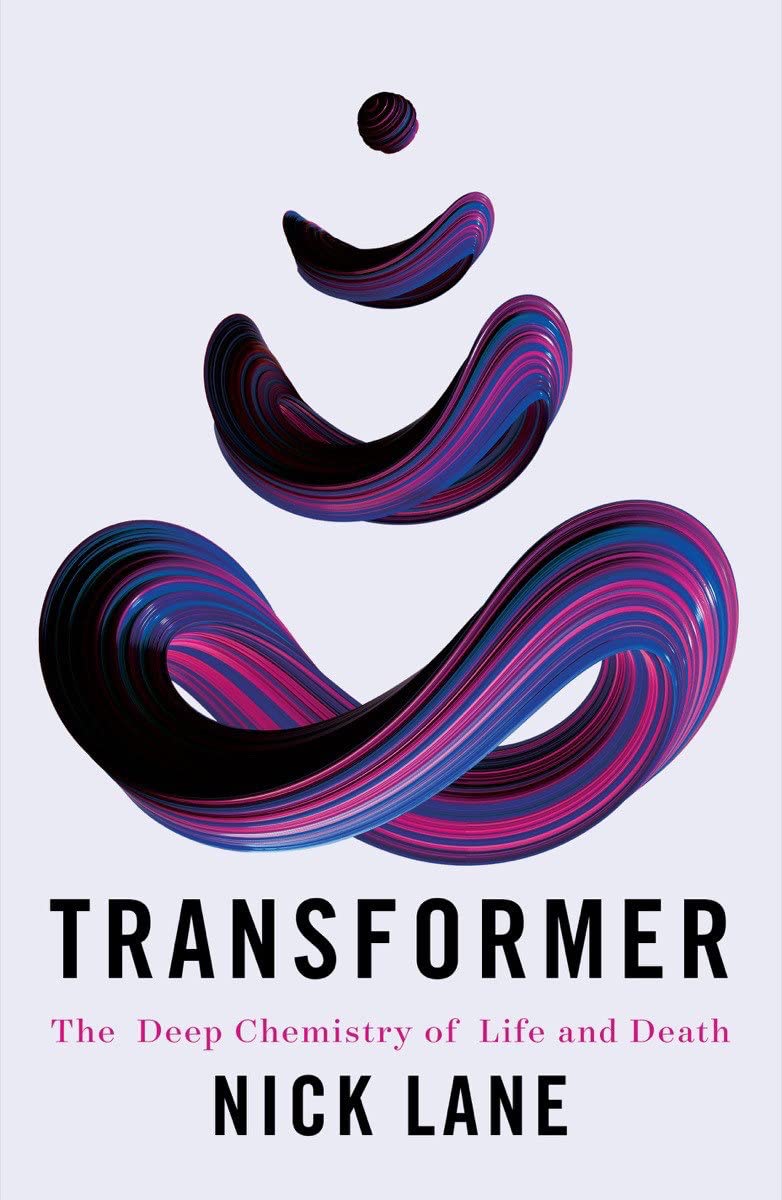Book review: Transformer: The deep chemistry of life and death
 |
| Transformer: The Deep Chemistry of Life and Death By Dr Nick Lane. W.W. Norton and Company, 2022. ISBN: 978-0-393-65148-5. Hardcover, 400 pages. |
When you were a medical student, you were told to sit down, shut up, raise your hand when you wanted to go to the bathroom, and memorize a whole bunch of strange names of carboxylic acids that make up the Krebs cycle. I thought this was a gigantic waste of time and had nothing to do with the practice of medicine.
Dr Nick Lane, a renowned biochemist and one of the best science writers on the planet, has written a book titled Transformer: The Deep Chemistry of Life and Death, about the Krebs cycle, which completely changed my mind about the above paragraph. Few publishers would give the go-ahead to a nonfiction book on such a subject, but this writer has the credibility pull it off.
After reading this book, one will understand how this cycle of matter (eponymously named in the 1930s after Sir Hans Adolf Krebs) is a sound explanation for the origin of life, lifespan, and the end of life. You will learn how the whole beautiful process can be understood in terms of physical chemistry, which is a unique sweet spot in the massive space of possible scientific explanations. It is a remarkable story.
The writing is remarkable also. Dr Lane uses interesting recurring analogies, such as comparing a cell to a city from a structural point of view or a Shakespearean sonnet to DNA from an informational point of view, to get his point across. You will learn that this dance between biological structures and biological functions has an underlying chemical explanation as ancient as the Earth itself. The newly named science of metabolomics is outlined in the most illustrative way, which doctors will find useful in talking about disease to patients. It turns out that the Krebs cycle is the primordial controller of DNA, healing, and essentially everything we call life.
Energy from the sun is captured by plants (photosynthesis) and bottled up in molecules (otherwise known as food that is made of carbon, hydrogen, and oxygen, chemically speaking) which we humans then eat. The human Krebs cycle (electron transport chain) then strips out the energy (electrons) from this food and passes it on for cellular respiration. Think of it as taking a food molecule, ripping out the carbon and oxygen to make CO2 waste, and then ripping out the hydrogen to make H2O. This is basically taking hydrogen and burning it in oxygen to give us energy to crawl, walk, or run. Dr Lane describes it as “feeding hydrogen to the ravaging beast called oxygen.” One can think of the entirety of medicine as tending to faulty human cellular respiration. Dr Lane coherently shows how this small sliver of reality is embedded in a much more general evolutionary history, starting with alkaline vents at the bottom of the ocean and ending up at human consciousness. In between, the author plainly tells the tale of the development of DNA, the fluke of photosynthesis, oxygen in the atmosphere, the one-in-a-gabillion appearance of the eukaryotic cell, multicellular organisms, and animal predation, all grounded in survival of the fittest and death/extinction of the weakest.
The author further explains that life is able to take two gases and turn them into solid matter. Carbon dioxide and hydrogen are quite happy existing as they are, not reacting with anything; however, life lowers the thermodynamic barriers to transforming them and the Krebs cycle is integral to this.
The current thinking is that this started billions of years ago in the alkaline thermal vents at the bottom of the oceans, bubbling out hydrogen gas from a battery (Earth) when the Krebs cycle ran in reverse. When running in reverse, it makes stuff like cell membranes and doesn’t burn (oxidize) stuff for energy. This same “making extra unwanted stuff” is pathognomonic of cancer at the end of a patient’s life, when the Krebs cycle also runs in reverse. During the life of a patient there is a complicated meshing of the Krebs cycle, sometimes running forward to burn stuff and sometimes backward to make stuff.
After reading this really good book, one will appreciate the famous Harold Morowitz line that “matter cycles and energy flows.” I regret not having had this book during medical school. Transformer is well worth the read.
—Mark Elliott, MD, FRCPC
hidden
 |
| This work is licensed under a Creative Commons Attribution-NonCommercial-NoDerivatives 4.0 International License. |

